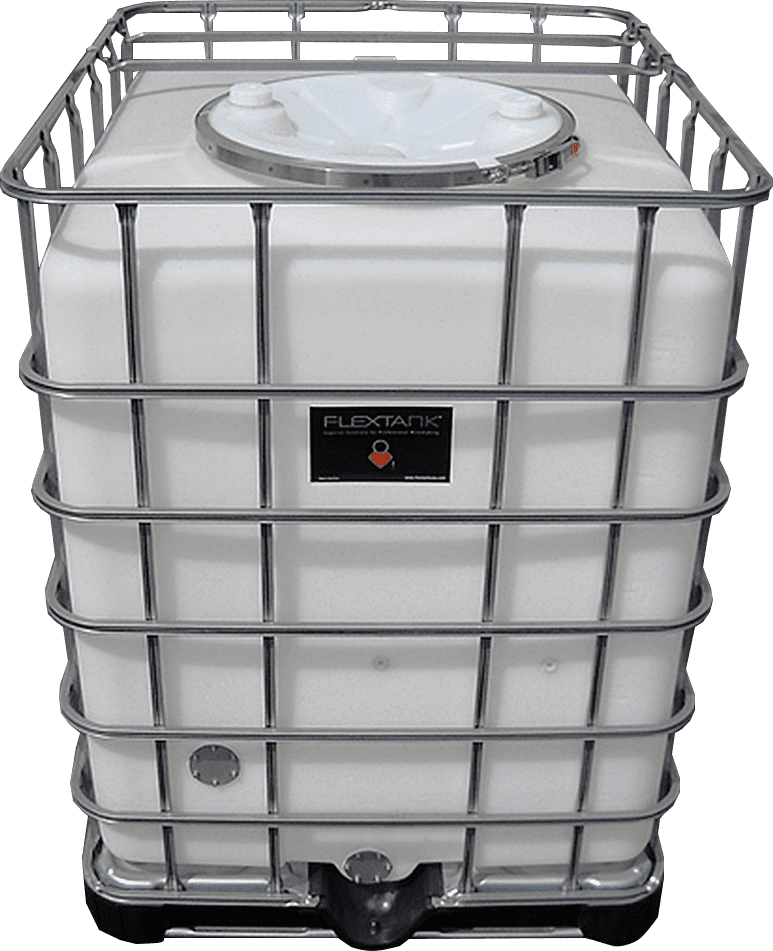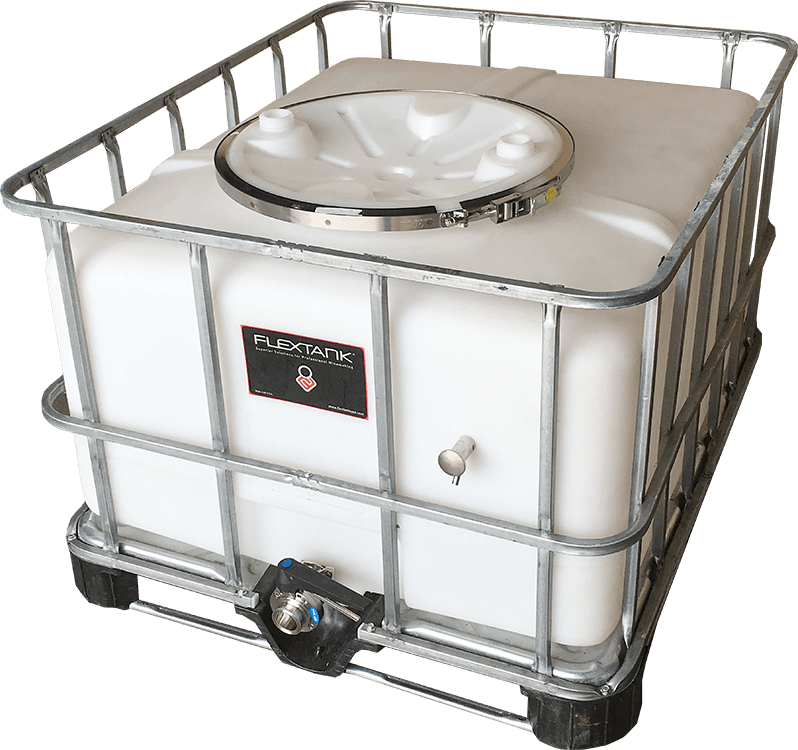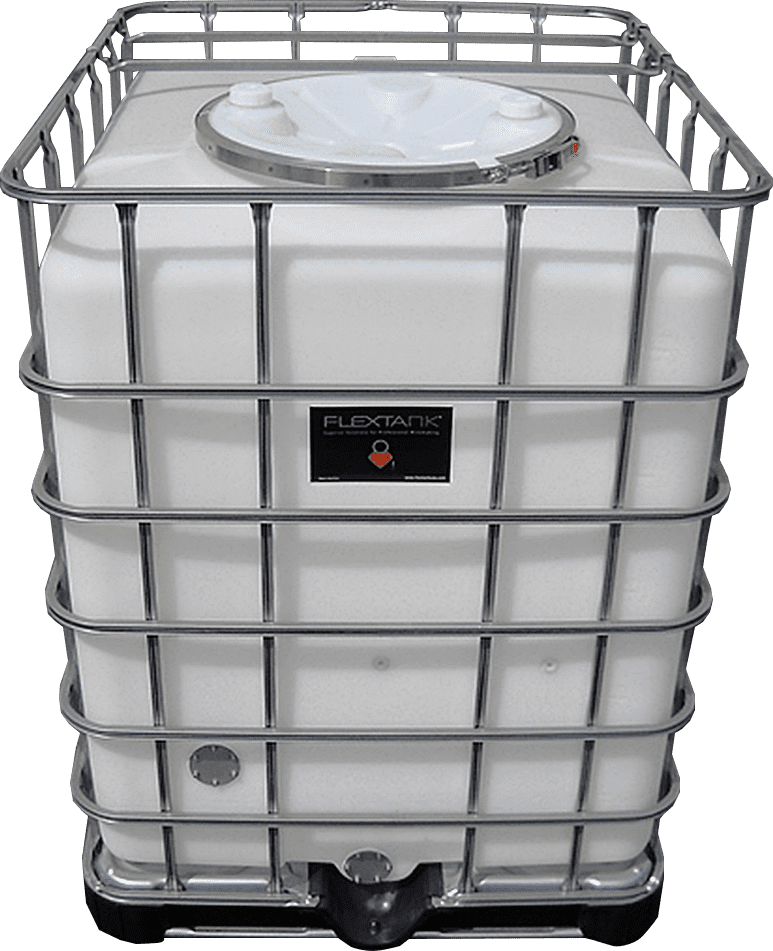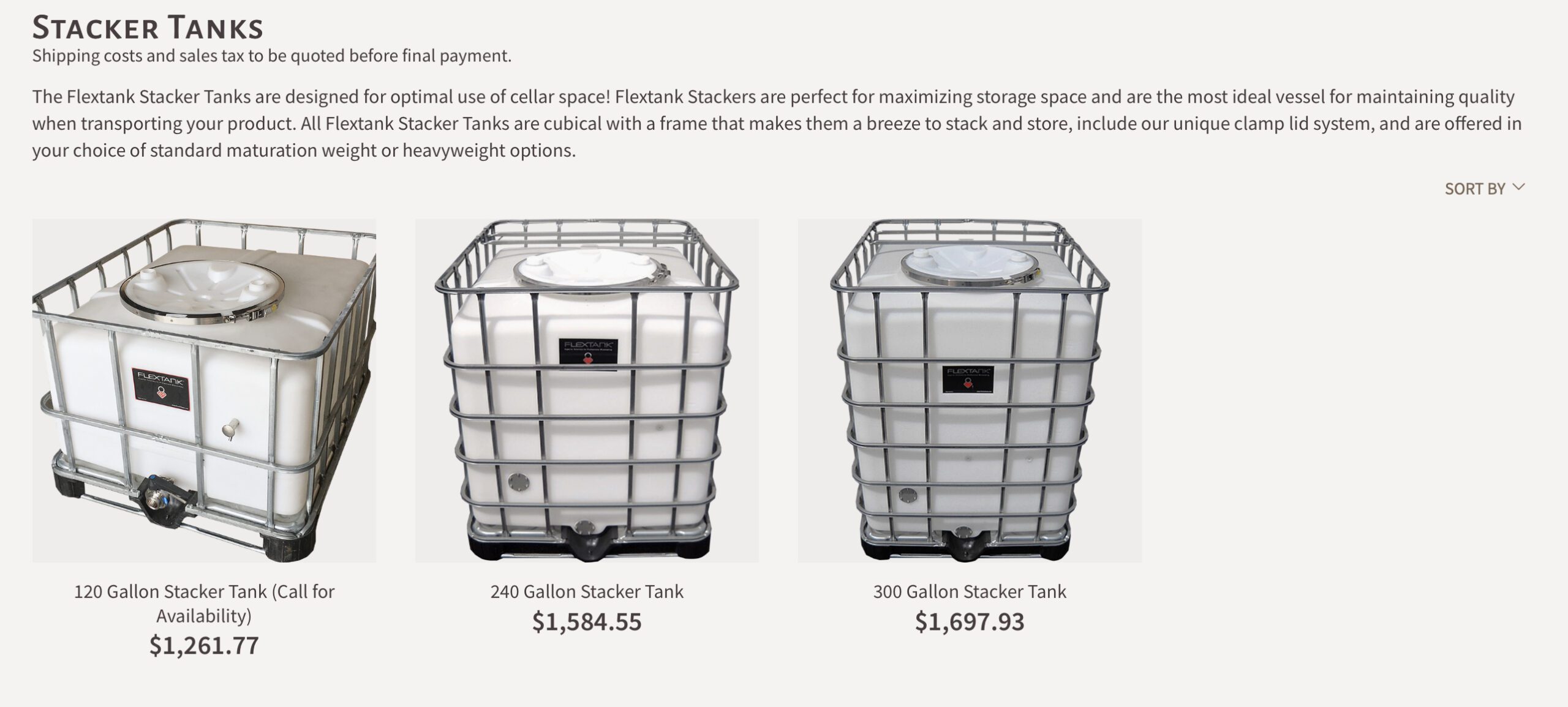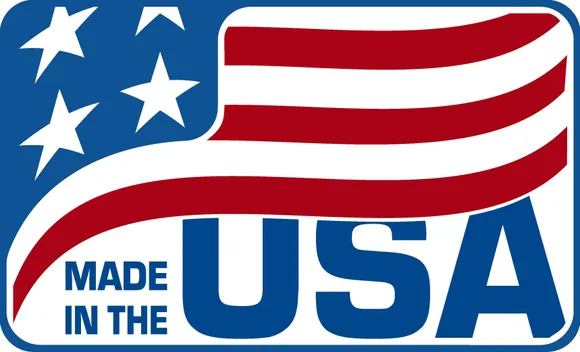Description
PRICES DO NOT INCLUDE SHIPPING COSTS
Flextank Stackers have revolutionized the way wineries approach storage and fermentation. These tanks, among the most popular in the industry, are not just about holding wine; they’re about optimizing space, ensuring quality, and facilitating easy racking. The unique design allows them to be elevated on a forklift, making gravity racking a breeze.
The 20″ Dexter Lid system, a standout feature, guarantees a leak-proof seal without the need for any specialized tools. This ensures that all air is purged from the tank when topped off, eliminating the common issue of trapped air found in screw-top lids. Moreover, the tanks are incredibly easy to maintain, with no threads to clean and sanitize.
When it comes to oxygen permeability, Flextank doesn’t compromise. The Maturation weight tanks mimic the oxygen transmission rate of a 2-year-old barrel, while the Heavyweight tanks offer a slower oxygenation rate, akin to a neutral barrel. This attention to detail ensures that the wine’s flavor and aroma are preserved impeccably.
Cleaning these tanks is straightforward and efficient. Thanks to the hygienic qualities of the HDPE used in Flextank, a lower overall So2 usage is observed, making the winemaking process more sustainable. With their robust design, innovative features, and the promise of a free lifetime warranty, Flextank Stackers are a must-have for every modern winery.
Flextank, Stackers, Cellar, Wine Storage, Dexter Lid, Fermentation, Maturation, Oxygen Permeability, HDPE, Winemaking
FREQUENTLY ASKED QUESTIONS:
HOW ARE FLEXTANKS MADE? Made in the USA
Family owned flex tanks are produced in Vancouver WA. The bodies of each vessel are made through the process of rotational molding whereby powdered resin is loaded into a steel or aluminum mold, which is then rotated on two axis’s as it is heated in an oven. The resin melts and coats the inside of the mold while it ” cooks” in the oven. Following removal from the oven, the mold continues to rotate while it cools and the resin solidifies. As the mold cools some shrinkage occurs that allows the finished vessel to be removed from the mold. Metal inserts may be molded into the vessel as required to affix accessories such as valve flanges. Flextank valve flanges require a force in excess of one ton to tear them out of the vessel. What does this mean? A much stronger and longer lasting product.
WHY CAN’T ALL POLYETHYLENE VESSELS, LIKE IBC’S, BE USED FOR PREMIUM BEVERAGE MAKING?
Providing the required permeability for beverage making is what makes Flextank unique. There are many tanks on the market that are made of Polyethylene. However, not all tanks made of this material are created equal in the world of Winemaking. Flextanks have been carefully engineered with special attention given to the selection and blend of the resin that is used, the surface area to volume ratio, wall thickness and configuration of each tank.It’s these details that make Flextanks ideal for use in beverage making.
HOW DOES THE OXYGEN PERMEABILITY OF FLEXTANKS COMPARE TO THAT OF TRADITIONAL OAK BARRELS?
Flextank’s Maturation weight tanks are designed to have a similar oxygen permeation rate to that of a typical second use barrel- OTR 9mg/l per year. Flextanks Heavyweight tanks are designed to act like neutral wine barrels – OTR 6 mg/l per year. OTR tested at a nominal cellar temperature of approximately 55 degrees Fahrenheit.
SHOULD I USE A HEAVYWEIGHT OR A MATURATION WEIGHT?
When aging white wine or cider you typically want less oxygen so the Heavyweight tanks might be a better option.
WILL USING A FLEXTANK TAINT THE FLAVOR OF MY WINE, CIDER OR MEAD?
Modern catalyst technology has produced food grade polyolefin that are extremely stable polymers. Polyethylenes from this group are widely used in the food and beverage industry in manufacturing processes, transport and storage. Flextank’s are made from carefully selected quality materials and there have been no reports of taint following their use in thousands of wineries.
I’M CONSIDERING USING FLEXTANK’S INSTEAD OF OAK BARRELS. DO FLEXTANK’S NEED AS MUCH SO2?
Thanks to Flextanks hygienic qualities of the HDPE, a lower overall So2 usage will be observed.
HOW DO I CLEAN MY FLEXTANKS?
Cleaning and Sanitation of your Flextank’s is no different from normal tank protocols. The polymer is impervious to all regular cellar chemicals. This includes ozone, caustics, per-carb or per-Ox. Always follow manufacturer’s recommendations. A pressure washer and / or hot water up to 140 Degrees F can be used. For light film removal use a white 3M pad.
Cleaning your Flextank hardware properly and frequently will help avoid build-up, stains, etching, pitting, rusting and contamination. One of the benefits customers love about Flextank’s is the simplistic and quick cleaning.
All Flextanks come with a free lifetime warranty.



